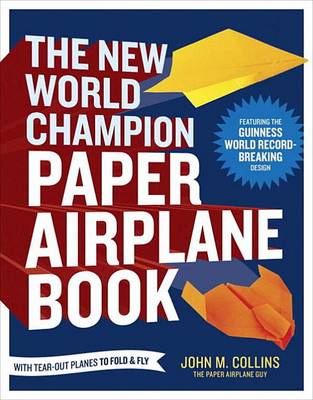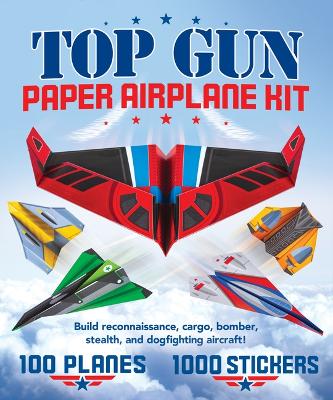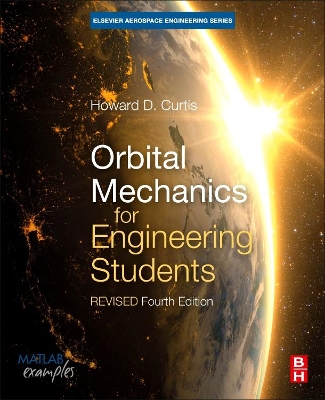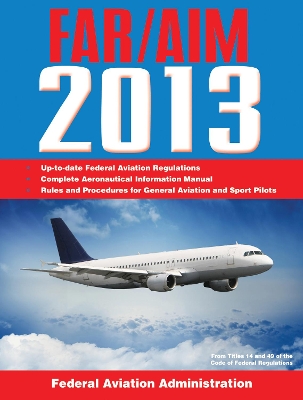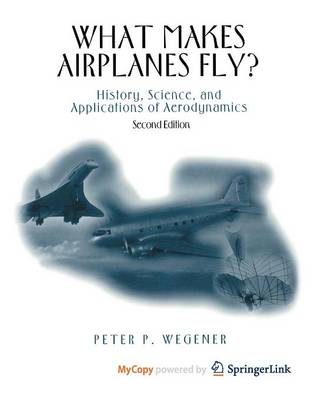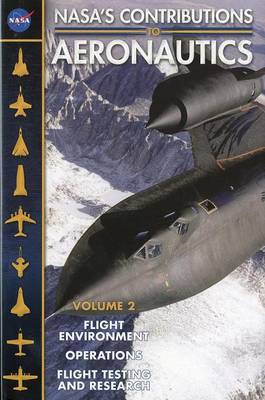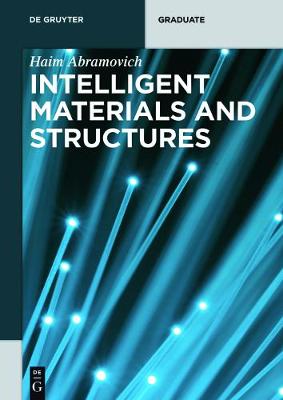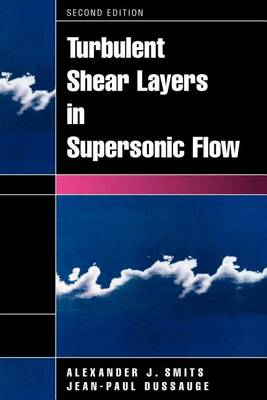12 Month Student Academic Planner (Non-Dated Student Academic Planner, #1)
by David Daniel and New Nomads Press
Flight Vehicle Aerodynamics (Flight Vehicle Aerodynamics) (The MIT Press)
by Mark Drela
This book offers a general overview of the physics, concepts, theories, and models underlying the discipline of aerodynamics. A particular focus is the technique of velocity field representation and modeling via source and vorticity fields and via their sheet, filament, or point-singularity idealizations. These models provide an intuitive feel for aerodynamic flow-field behavior and are the basis of aerodynamic force analysis, drag decomposition, flow interference estimation, and other important...
Gas Turbine Theory PowerPoints on the Web
by H I H Saravanamuttoo, G. F. C. Rogers, Paul Straznicky, and H. Cohen
Dwell-rise-fall-dwell and Dwell-fall-rise-dwell Cam Laws. 06004
If you’re an aviator or aviation enthusiast, you cannot be caught with an out-of-date edition of the FAR/AIM. In today’s environment, there is no excuse for ignorance of the rules of the US airspace system. In the newest edition of the FAR/AIM, all regulations, procedures, and illustrations are brought up to date to reflect current FAA data. This handy reference book is an indispensable resource for members of the aviation community, as well as for aspiring pilots looking to get a solid backgrou...
Orbital Mechanics for Engineering Students (Aerospace Engineering)
by Howard D. Curtis
Orbital Mechanics for Engineering Students, Second Edition, provides an introduction to the basic concepts of space mechanics. These include vector kinematics in three dimensions; Newton's laws of motion and gravitation; relative motion; the vector-based solution of the classical two-body problem; derivation of Kepler's equations; orbits in three dimensions; preliminary orbit determination; and orbital maneuvers. The book also covers relative motion and the two-impulse rendezvous problem; interp...
As every intelligent aviator knows, the skies have no room for mistakes. Don’t be caught with an out-of-date edition of the FAR/AIM. In the current environment, there is no excuse for ignorance of the rules of the U.S. airspace system. In this newest edition of the FAR/AIM, all regulations, procedures, and illustrations are brought up to date to reflect current FAA data. This handy reference book is an indispensable resource for members of the aviation community, as well as for aspiring pilots l...
Transonic flow occurs around moving objects as they approach and cross the sound barrier. Serious problems can occur at this point, such as shock-induced flow separation which can cause the aircraft to spin out of control. Another important practical problem is the achievement of higher aerodynamic performance of aircraft at cruise conditions, which leads to considerable fuel savings. The success in application of numerical methods for simulation of transonic flow and aircraft design depends on...
Learn to fly a plane according to Federal Aviation Administration (FAA) regulationsThe most complete guide to the rules of aviation accessible anywhere Contains all of the information needed to operate safely in US airspace and is fully updated If you are an aviation enthusiast or an aviator, you need to have the newest edition of the FAR/AIM. In the most recent edition of the FAR/AIM, produced by the FAA, all procedures, illustrations, and regulations are up-to-date and reflect current FAA data...
Developed for humanities students at Yale and intended for the general reader interested in flight, this book is about aerodynamics in the broadest sense. To put the science into its social context, the author describes (with illustrations) the history of human attempts to fly and discusses the outlook for future developments, as well as the social impact of commercial aviation. The scientific explanations, although rigorous, only employ elementary mathematics and emphasize pictorial representat...
14th Applied Aerodynamics Conference (Conference Proceeding)
1996 Astrodynamics Conference (Conference Proceedings)
This book brings together, for the first time, the experience of a group of international authors who have been closely involved in the design of air intakes for both airframe and engine manufacturers. Valuable data from systematic experimental measurements on intakes for missiles, combat and V/STOL aircraft research sources in the UK, USA, France and Germany is included, together with the latest developments in computational fluid dynamics applied to air intakes.
This text and CD-ROM contain contributions to the BRITE/EURAM Third Framework European Computational Aerodynamics Research Project (ECARP), particularly to the areas of validation and unsteady viscous-inviscid interaction methods (UVII). Using Navier-Stokes and interactive schemes, particular emphasis is put on the performance of turbulence models for maximum and high-lift, single- and multi-element aerofoils and on three-dimensional flows, such as those over a wing-body combination, an inclined...
An intuitive and comprehensive exploration of computational fluid dynamics in the study of wind engineering Computational Fluid Dynamics for Wind Engineering provides readers with a detailed understanding of the use of computational fluid dynamics (CFD) in understanding wind loading on structures, a problem becoming more pronounced as urban density increases and buildings become larger. The work emphasizes the application of CFD to practical problems in wind loading and helps readers understan...
Intelligent Materials and Structures (De Gruyter Textbook)
by Haim Abramovich
Intelligent Materials and Structures provides exceptional insights into designing intelligent materials and structures for special applications in engineering. The author introduces the fundamental materials science involved in research endeavors and simultaneously reviews the current state-of-the-art of intelligent materials and structures. Separate chapters are devoted to the thorough examination of theory and application of laminated composite materials, Piezoelectricity, Shape Memory Alloys,...
Turbulent Shear Layers in Supersonic Flow
by Alexander J Smits and Jean-Paul Dussauge
A good understanding of turbulent compressible flows is essential to the design and operation of high-speed vehicles. Such flows occur, for example, in the external flow over the surfaces of supersonic aircraft, and in the internal flow through the engines. Our ability to predict the aerodynamic lift, drag, propulsion and maneuverability of high-speed vehicles is crucially dependent on our knowledge of turbulent shear layers, and our understanding of their behavior in the presence of shock waves...
Solutions to the Oblique Shock Wave Relations for a Range of Specific Ratios (Aerodynamics, v. 00.03.30)
Information on the Use of Data Items in the Series Wings 02.04 (Aerodynamics, v. W.02.04.00)

